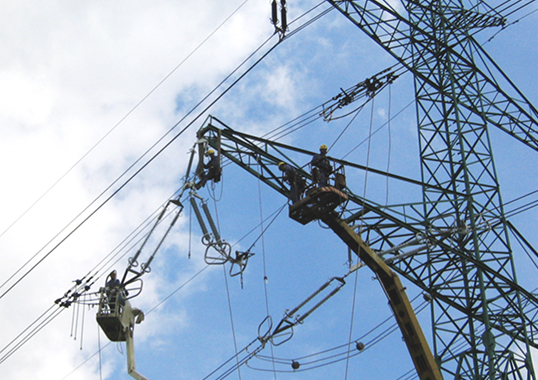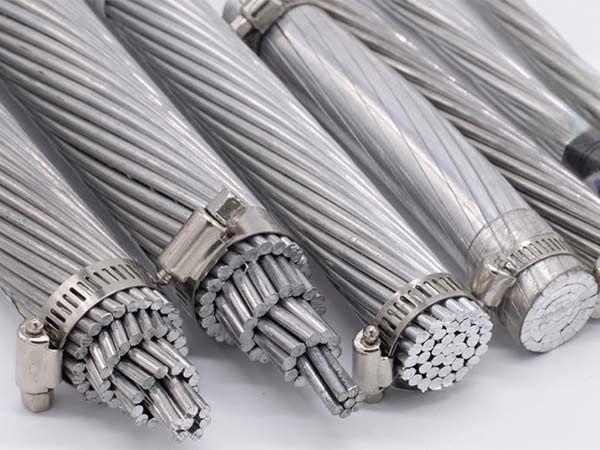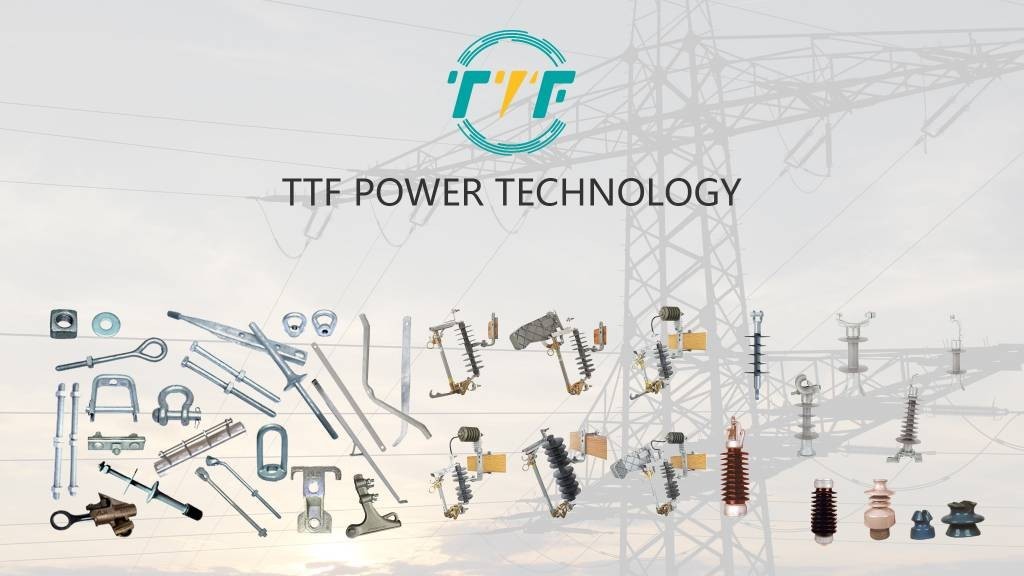
With the transition towards renewable energy, Colombia needs transmission line upgrades to integrate new solar power plants into the national grid. The upgrades will have significant economic, environmental, and social impacts. This will ensure the country can harness its solar energy potential while maintaining grid stability. Modernized transmission lines will enhance grid stability, lower electricity costs, attract investments, reduce emissions, and promote economic growth. The country will need to plan and engage with the community to ensure the sharing of benefits. The approval of the transmission line upgrade could position Colombia as a leader in the energy transition goals. The success of this project will need balanced regulatory requirements and environmental and social considerations. However, the development faces various challenges such as bureaucratic delays, community opposition, and technical and financial constraints. Aluminum Conductor Steel Reinforced (ACSR) cables provide strong, reliable, and cost-effective solutions for high-voltage power transfer.
High-quality ACSR cables have a steel core surrounded by aluminum conductors. They provide mechanical strength to transmission lines supporting solar plants. ACSR cables serve in transmission and distribution networks due to their high strength-to-weight ratio, corrosion resistance, and cost-efficiency. ACSR cables are crucial in Colombia’s transmission line upgrades. This ensures the smooth integration of solar energy into the national grid. Upgrading transmission lines with ACSR cables reduces resistance and power losses. This makes the grid more efficient and reliable. They support high current-carrying capacity, which is essential as Colombia increases its renewable energy share. They also help manage voltage fluctuations caused by the intermittent nature of solar power. ACSR cables support Colombia’s transition to a cleaner and more reliable energy future.
The roles of ACSR cables in transmission line upgrades for solar power integration
ACSR cables aid in the upgrading of transmission lines for integrating solar power into Colombia’s grid. The cables serve in power transmission due to their unique combination of strength, conductivity, and cost-effectiveness. The cables enhance the capacity, reliability, and efficiency of the transmission network. The country may also adopt other technologies such as advanced conductors and energy storage to optimize its grid for solar integration. The following are the functions of ACSR cables in transmission line upgrades for solar power integration.

- Increased transmission capacity—ACSR cables carry higher electrical loads compared to traditional conductors. The cables aid in upgrading existing transmission lines to handle the increased power flow from solar installations.
- Strength and durability—the steel core in ACSR cables provides high tensile strength. This makes them suitable for long spans. They are able to withstand mechanical stresses caused by wind, temperature variations, and other environmental conditions.
- Compatibility with existing infrastructure—ACSR cables can integrate into existing transmission networks. This makes them ideal for upgrading older lines.
- Thermal performance—ACSR cables have good thermal properties, which allow them to operate under high temperatures. They reduce the risk of line sagging due to thermal expansion.
- Supporting long-distance transmission—ACSR cables are ideal for long-distance power transmission to connect remote solar farms to the national grid.
The benefits of upgrading transmission lines for integrating Colombia’s solar power
Upgrading transmission lines is crucial to integrating solar power into Colombia’s energy grid. Modernizing and enhancing the transmission infrastructure offers opportunities to expand renewable energy capacity. The upgrades help ensure a reliable, efficient, and sustainable energy system. Here are the benefits of upgrading Colombia’s transmission lines.

- Increased grid capacity—upgrading the transmission line increases the grid’s capacity to handle higher amounts of electricity. This allows Colombia to use its abundant solar resources in regions like La Guajira.
- Reduced energy losses—upgraded transmission lines reduce energy losses during transmission. This increases the efficiency of power delivery and ensures that more solar-generated electricity reaches consumers.
- Integration of remote solar resources—upgrading transmission lines enables the connection of remote solar farms to the national grid. Enhanced transmission infrastructure ensures that electricity generated in remote regions can be transported to urban centers and industrial hubs.
- Distributed solar generation—upgraded transmission lines ease the integration of distributed solar systems. This allows more households and businesses to contribute to and enjoy solar power.
- Reduced greenhouse gas emissions—solar power integration into upgraded transmission lines helps reduce reliance on fossil fuels. This contributes to Colombia’s climate change mitigation efforts and aligns with international commitments.
- Future renewable energy expansion—upgraded transmission lines create a foundation for integrating extra renewable energy sources. This ensures Colombia’s grid is ready for continued growth in renewable energy capacity.